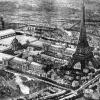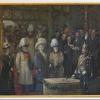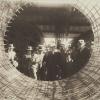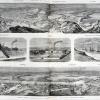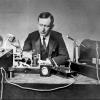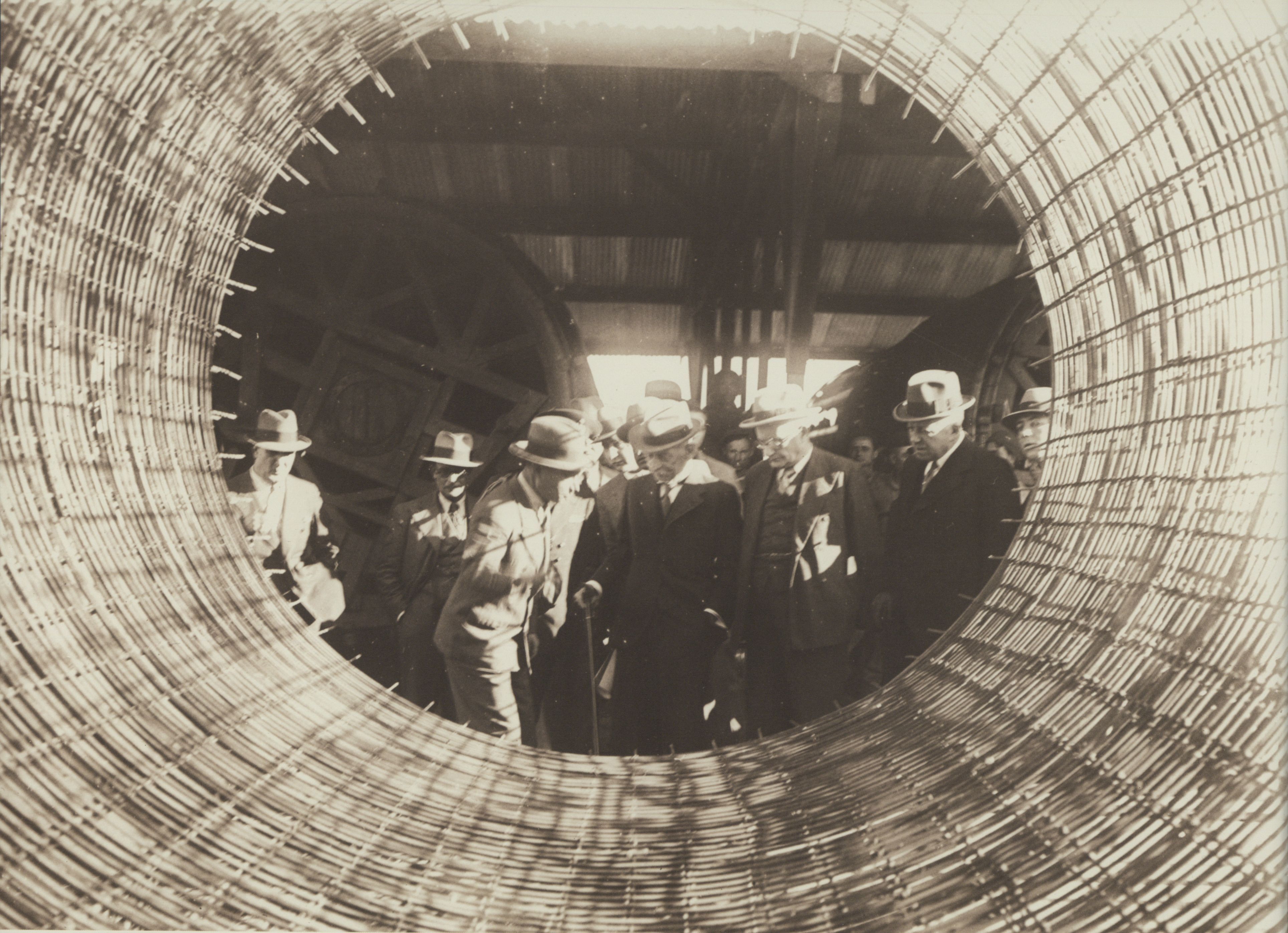Creating national treasures
By the end of the nineteenth century, many governments in Europe had built iconic infrastructures to enhance their national unity and create a strong image amongst other European nation-states.
The Portuguese government used engineering projects to foster its image of a thriving country. In 1880 the Alviela Canal, the aqueduct that propelled Lisbon into urban modernity, opened with a glorious ceremony. Nine years of extensive work resulted in the great aqueduct, bringing water to Lisbon from a source located 100 km away. Pictures and stories of the aqueduct’s spectacular opening ceremony made the nation’s illiterate majority aware of its country’s technological progress and of those people who made it happen.
Several local projects across Europe were transformed in national icons, but were actually the result of international knowledge exchange amongst engineers. The Gotthard Tunnel, completed in Switzerland in 1882, quickly became a Swiss national symbol, even though the project and engineering workforce were of an inherently international nature. While building a dam in the Alsace, German engineer Otto Intze applied French technology he had admired while visiting the World Exhibition in Paris in 1878 and also learned from engineers of the Gileppe Dam in the Ardennes, the ‘symbol of Belgium’.
By highlighting engineers and their creations, governments not only improved their infrastructures, but also tried to foster national sentiment. They practically employed the ‘myth of the national engineer’ for their own purposes. This did not happen everywhere in Europe.
 Previous Story
Next Story
Previous Story
Next Story
How to cite this page
Anne-Mirthe Dieudonné, 'Creating national treasures', Inventing Europe, http://www.inventingeurope.eu/story/creating-national-treasures
Sources
- Saraiva, Tiago, 'Inventing the Technologial Nation: The Example of Portugal (1851-1898', History and Technology 23 (2007) 263-274. Quote taken from page 267.
- Trischler, Helmuth and Martin Kohlrausch, Building Europe on Expertise. Innovators, Organizers, Networkers, London: Palgrave, 2014.





